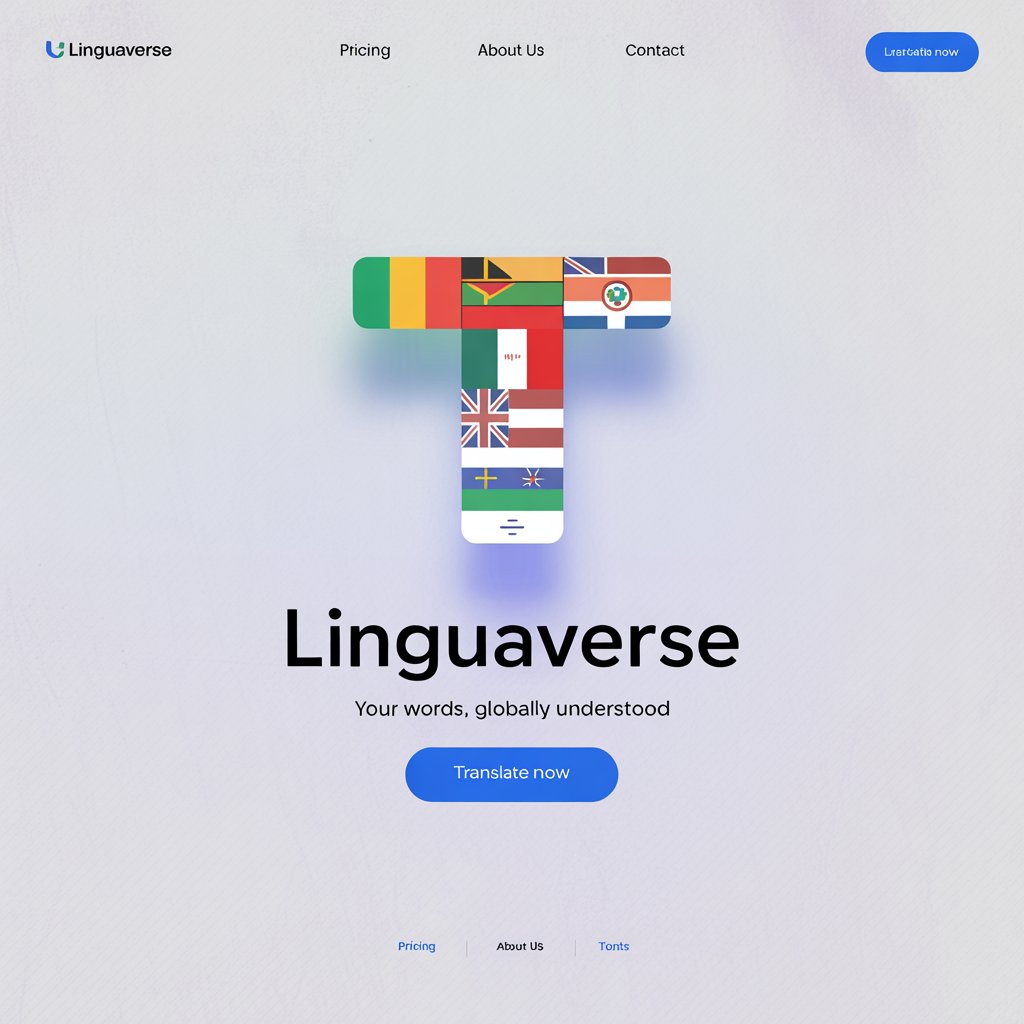As a child, I watched my grandmother meticulously craft letters in her native Tamil, her pen dancing across the page with a rhythm that felt alive. Each stroke was a story, a connection to her past, her culture, and her people.
Years later, while traveling in Japan, I marveled at a calligrapher shaping kanji with deliberate grace, each character a work of art steeped in centuries of tradition. These moments sparked a realization: the act of writing, though expressed differently across the globe, is a universal thread that binds humanity.
It’s more than putting words on paper—it’s a reflection of identity, history, and emotion. In this blog post, we’ll explore how the word for “write” is expressed in various languages and cultures, uncovering the beauty and diversity of this shared human experience.
Reference Table: The Word for “Write” Across Languages
| Language | Word for “Write” | Cultural/Linguistic Insight |
| Spanish | Escribir | Rooted in Latin “scribere,” writing in Spanish-speaking cultures often carries a poetic flair. |
| French | Écrire | French literature emphasizes elegance in writing, reflecting its cultural value of artistry. |
| German | Schreiben | Precision in German writing reflects the culture’s value of clarity and structure. |
| Italian | Scrivere | Italian’s lyrical quality makes writing a deeply expressive act, tied to its artistic heritage. |
| Mandarin Chinese | 写 (Xiě) | The character for “write” resembles a hand holding a brush, symbolizing ancient calligraphy. |
| Hindi | लिखना (Likhna) | Writing in Hindi often ties to storytelling and preserving oral traditions in script. |
| Japanese | 書く (Kaku) | Japanese writing is an art form, with calligraphy (shodo) revered as a spiritual practice. |
| Korean | 쓰다 (Sseuda) | Writing in Korean reflects a balance of practicality and aesthetic, tied to Hangul’s creation. |
| Arabic | كتب (Kataba) | Arabic writing is deeply tied to the Quran, with calligraphy as a sacred art form. |
| Swahili | Andika | Swahili’s word for “write” reflects its role as a unifying language across East Africa. |
| Zulu | Bhala | Writing in Zulu often preserves oral histories, bridging past and present. |
| Yoruba | Kọ | Writing in Yoruba is tied to cultural pride and the preservation of indigenous knowledge. |
| Maori | Tuhituhi | Maori writing often incorporates storytelling, connecting to ancestral narratives. |
| Hawaiian | Kākau | Writing in Hawaiian is tied to preserving chants and histories, often with deep emotion. |
| Cherokee | ᏗᎪᏪᎵ (Digoweli) | Cherokee writing, using the syllabary, is a symbol of cultural resilience and identity. |
European Languages: A Tapestry of Expression
In Europe, the word for “write” reflects both linguistic roots and cultural values. In French, écrire (from Latin scribere) is tied to a culture that reveres literary elegance, from the ornate scripts of medieval monks to the philosophical musings of Voltaire. Writing in France is often seen as an act of refinement, where even everyday notes carry a touch of artistry. In Spanish, escribir shares the same Latin root and is infused with passion, evident in the poetic traditions of writers like Lorca. Spanish-speaking cultures often view writing as a way to capture the soul of a moment.
Italian scrivere evokes the Renaissance, where writing was both scholarly and artistic, from Dante’s Divine Comedy to handwritten love letters. Italians often associate writing with emotional expression, a trait visible in their gestural communication. In German, schreiben reflects a cultural emphasis on precision and structure, seen in the meticulous records of German philosophers like Kant. Across these languages, writing is a bridge between thought and emotion, shaped by each culture’s unique lens.
Asian Languages: Diversity in Script and Spirit
Asia’s linguistic diversity offers a rich tapestry of words for “write.” In Mandarin Chinese, xiě (写) is a pictograph resembling a hand with a brush, reflecting China’s ancient calligraphy tradition. Writing in Chinese culture is a meditative act, with brush strokes carrying philosophical weight. In Hindi, likhna (लिखना) is tied to India’s oral storytelling tradition, where writing preserves epics like the Ramayana. Hindi-speaking communities often see writing as a way to honor history and family.
In Japanese, kaku (書く) is deeply tied to shodo (calligraphy), a practice that blends art and spirituality. Writing in Japan is often a disciplined act, reflecting cultural values of harmony and focus. Korean sseuda (쓰다) connects to the creation of Hangul, a script designed for accessibility, symbolizing Korea’s emphasis on education and clarity. In Arabic, spoken across over 20 countries like Egypt, Saudi Arabia, and Morocco, kataba (كتب) is rooted in the sacred art of calligraphy, often used to transcribe the Quran. Writing in Arabic cultures is a revered skill, blending faith and aesthetics.
African Languages: Preserving Heritage Through Writing
Africa’s linguistic landscape is as diverse as its cultures, and the word for “write” carries deep significance. In Swahili, andika, used across countries like Kenya, Tanzania, and Uganda, reflects the language’s role as a unifying force. Writing in Swahili often preserves oral traditions, from poetry to proverbs, in a region where storytelling is central. In Zulu, spoken in South Africa, bhala connects to the preservation of clan histories, with writing serving as a tool to maintain cultural identity amidst modernization.
In Yoruba, spoken in Nigeria and Benin, kọ is tied to the preservation of Ifá divination texts and oral histories. Writing in Yoruba is a way to honor ancestors and pass down wisdom. Across Africa’s 54 countries, from Ethiopia’s Amharic mäsäf to Somalia’s qor, writing is often a bridge between oral traditions and modern literacy, reflecting resilience and cultural pride.
Indigenous & Island Languages: Voices of Tradition
Indigenous and island languages offer unique perspectives on writing. In Maori, tuhituhi is used in New Zealand to record whakapapa (genealogy) and oral histories, often with a spiritual connection to ancestors. Writing in Maori is a way to reclaim cultural identity after colonial suppression. In Hawaiian, kākau is tied to chants and petroglyphs, with modern writing preserving cultural narratives. Across Pacific islands like Samoa (tusi) and Tonga (tohi), writing is a tool for storytelling and cultural continuity.
In the Americas, Cherokee digoweli reflects the creation of the Cherokee syllabary by Sequoyah, a milestone in cultural preservation. Writing in Cherokee is a symbol of resistance and identity. From Australia’s Indigenous languages like Warlpiri (yirri) to Greenland’s Inuit (suli), writing in these communities, spanning over 20 countries, is often a sacred act of preserving heritage against the tide of globalization.
Cultural Insights: The Evolution of Writing
The concept of writing has evolved dramatically across civilizations. In ancient Mesopotamia, cuneiform was used to record trade and laws, marking one of the earliest forms of writing. In China, oracle bone scripts from the Shang Dynasty (circa 1200 BCE) show writing’s role in divination. The Arabic kataba traces back to ancient Semitic scripts, with its modern form shaped by the spread of Islam. In Europe, the Latin scribere influenced Romance languages, while Germanic and Slavic scripts evolved from runes and Glagolitic alphabets.
Writing is often tied to cultural milestones: the invention of paper in China, the Gutenberg press in Europe, or the creation of Hangul in Korea. In religious contexts, writing preserves sacred texts, from the Torah in Hebrew to the Vedas in Sanskrit. Across cultures, writing is a vessel for memory, power, and identity, evolving with technology yet retaining its emotional core.
Proverbs and Sayings About Writing
- Spanish: “La pluma es más poderosa que la espada” (The pen is mightier than the sword) – Emphasizes writing’s power to influence and inspire.
- Chinese: “一字千金” (One word is worth a thousand gold) – Highlights the value of well-chosen words in writing.
- Arabic: “القلم أمانة” (The pen is a trust) – Reflects the responsibility of writers to convey truth.
- Swahili: “Kalamu ni kama mkuki” (The pen is like a spear) – Suggests writing’s ability to strike with precision.
- Maori: “Mā te tuhi, ka ora te reo” (Through writing, the language lives) – Underscores writing’s role in cultural survival.
FAQs
Why does the word for “write” sound similar in many languages?
Many languages share roots, like Latin scribere influencing Romance languages or Semitic roots like ktb in Arabic and Hebrew. Linguistic borrowing and trade also spread similar terms.
What is the oldest known usage of the word for “write”?
The concept of writing predates specific words, with cuneiform (circa 3000 BCE) and Egyptian hieroglyphs among the earliest systems. Words for “write” evolved as scripts developed.
How do cultural differences affect the expression of writing?
In some cultures, writing is an art (e.g., Japanese calligraphy), while in others, it’s practical (e.g., German technical writing). Religious contexts, like Arabic’s tie to the Quran, add spiritual weight.
Conclusion: The Universal Language of Writing
From the intricate strokes of Chinese calligraphy to the rhythmic chants recorded in Hawaiian, the act of writing transcends borders, capturing the essence of human experience. It’s a tool for preserving history, expressing love, and challenging ideas—a universal language that speaks to our shared humanity. Whether you write in a script passed down through generations or a modern alphabet, your words carry the weight of your culture and emotions. Share your story with us! How do you say “write” in your language, and what does writing mean to you? Leave a comment or connect with us on social media to keep this global conversation alive.




